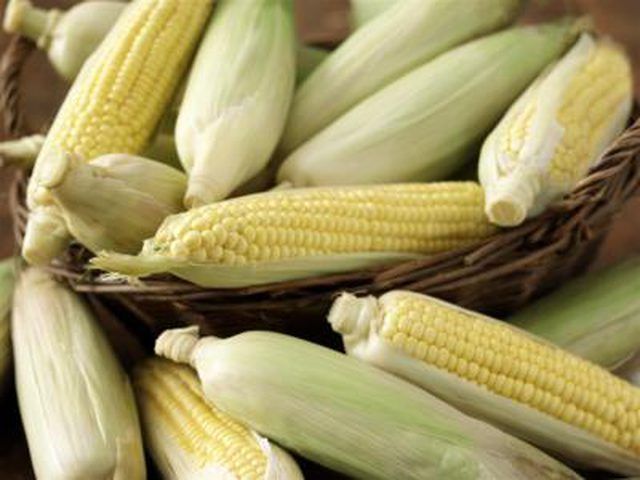Bulbs
Flower Basics
Flower Beds & Specialty Gardens
Flower Garden
Garden Furniture
Garden Gnomes
Garden Seeds
Garden Sheds
Garden Statues
Garden Tools & Supplies
Gardening Basics
Green & Organic
Groundcovers & Vines
Growing Annuals
Growing Basil
Growing Beans
Growing Berries
Growing Blueberries
Growing Cactus
Growing Corn
Growing Cotton
Growing Edibles
Growing Flowers
Growing Garlic
Growing Grapes
Growing Grass
Growing Herbs
Growing Jasmine
Growing Mint
Growing Mushrooms
Orchids
Growing Peanuts
Growing Perennials
Growing Plants
Growing Rosemary
Growing Roses
Growing Strawberries
Growing Sunflowers
Growing Thyme
Growing Tomatoes
Growing Tulips
Growing Vegetables
Herb Basics
Herb Garden
Indoor Growing
Landscaping Basics
Landscaping Patios
Landscaping Plants
Landscaping Shrubs
Landscaping Trees
Landscaping Walks & Pathways
Lawn Basics
Lawn Maintenance
Lawn Mowers
Lawn Ornaments
Lawn Planting
Lawn Tools
Outdoor Growing
Overall Landscape Planning
Pests, Weeds & Problems
Plant Basics
Rock Garden
Rose Garden
Shrubs
Soil
Specialty Gardens
Trees
Vegetable Garden
Yard Maintenance
Is Corn a Type of Grass?
Is Corn a Type of Grass?. Occasionally a food isn’t what you think it is botanically, such as watermelons being vegetables despite their treatment as a fruit. Corn is in the produce and frozen vegetable sections, not to mention among the canned vegetables as well. Yet corn is actually a member of a grass family.

Occasionally a food isnít what you think it is botanically, such as watermelons being vegetables despite their treatment as a fruit. Corn is in the produce and frozen vegetable sections, not to mention among the canned vegetables as well. Yet corn is actually a member of a grass family.
Identification
Corn, Zea mays, is a member of the grass family Poaceae, formerly known as Gramineae. Instead of being relatively short like wheat, corn grows into a tall stalk, up to 20 feet. Sweet corn, the variety that you eat fresh, is the result of a mutation that occurred in the 1800s.
History
The theoretical ancestor of corn is teosinte, a Mexican grass that also may have given rise to other edible grasses such as Jobís tears. Palomar College says the grass was selectively bred for "many thousands of years" in order to transform the individually encased grains into the modern ear of corn.
Relatives
Poaceae includes grains as diverse as wheat, sorghum, oats, rye and rice. All form stalks of varying heights, and Texas A&M University says each contains something called an intercalary meristem, which is what allows the grass to continue growing even after itís been cut down through grazing or mowing.